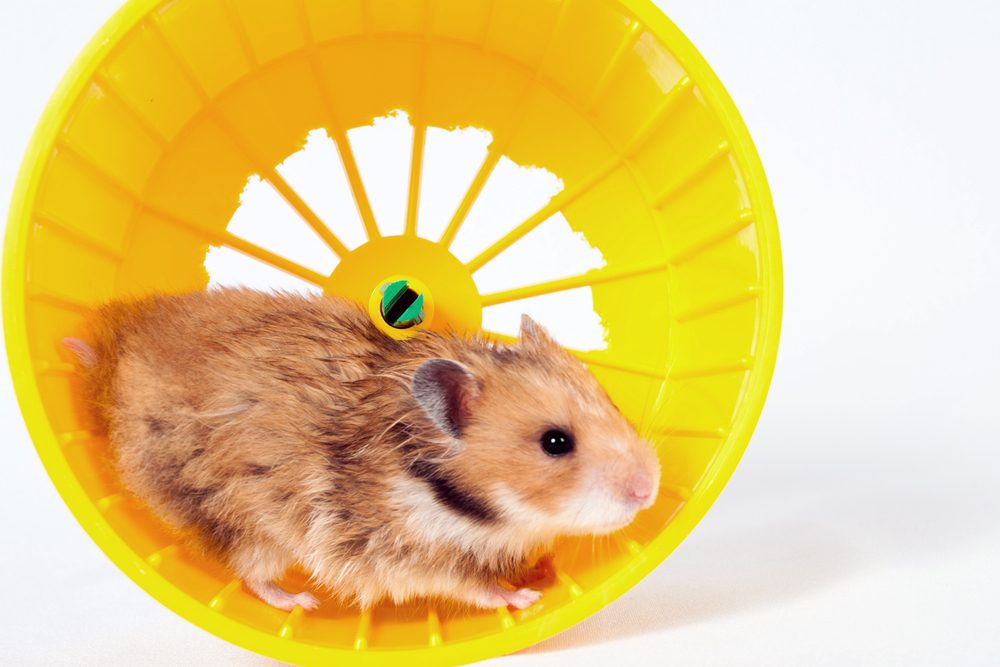Aerobic Exercise Reduces Lung Fibrosis in Mice, Study Shows
Written by |

Researchers have found, in mice with pulmonary fibrosis and with dominant immune response mediated by immune Th2 cells (T-helper cells), that aerobic exercise reduced lung fibrosis.
The study, “Aerobic Exercise Attenuated Bleomycin-Induced Lung Fibrosis in Th2-Dominant Mice,” was published in the journal PLOS One.
Fibrosis is the scarring and thickening result of an abnormal wound-healing response to lung injury. The role of inflammation in pulmonary fibrosis is debated, but Th2 cytokines, specifically interleukin (IL)-4 and IL-5, are believed to play an important role in the progression of pulmonary fibrosis.
Th2 cells are a specific subset of the large T-cell group of immune cells. They are important players in several functions of the immune system, particularly against extracellular parasites, bacteria, allergens, and toxins. Their action is mediated by the production of cytokines, which are messengers responsible for most biological effects in the immune system.
In mouse models of allergic asthma, aerobic exercise was shown to reduce Th2-mediated inflammation.
The team of researchers investigated the effect of aerobic exercise in reducing bleomycin-induced fibrosis (a widely used experimental approach for modeling lung fibrosis) in mice with an immune system dominated by a Th2 response. Mice were divided into five different groups: sedentary, control (CON), exercise-only (EX), bleomycin-treated (BLEO), and bleomycin-treated+exercised (BLEO+EX).
Researchers administered bleomycin to mice. After 15 days, the animals in the exercise groups underwent aerobic exercise (treadmill training) five days per week for four weeks, 60 minutes each of those days, at moderate intensity (60% of maximum velocity reached during a physical test). The team assessed the animals’ pulmonary inflammation and remodeling, and cytokine levels using bronchoalveolar lavage (a physician passes a bronchoscope through the mouth or nose into the lungs and fluid is collected for examination).
At 45 days post bleomycin administration, mice in the BLEO+EX group showed reduced collagen deposition in the airways and in the lung parenchyma (parts involved in gas transfer, including alveoli, interstitium, blood vessels, bronchi and bronchioles). When researchers analyzed the bronchoalveolar lavage content, they found lower numbers of several immune cells (total leukocytes, eosinophils, lymphocytes, macrophages, and neutrophils) and also lower levels of pro-inflammatory cytokines and pro-fibrotic growth factor IGF-1. The team also found higher levels of the anti-inflammatory cytokine IL-10.
The study results suggested that aerobic exercise decreased collagen deposition, inflammation, and pro-inflammatory cytokines accumulation in the lungs of mice with pulmonary fibrosis and with a predominately Th2-background. Overall, aerobic exercise is a potential strategy to reduce a pro-inflammatory environment, Th2 immune response, and fibrosis in animal models with lung fibrosis.





